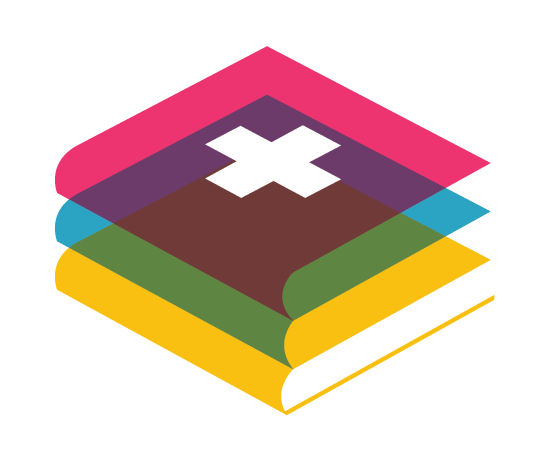If you ask why Swiss German is not a language of its own, but rather ‘mere’ a dialect, you are also asking about the difference between what is termed a language and what is a dialect. This requires some clarification.
Dialect or language?
Dialects are definable language variations of a common group of speakers. As a rule, this variant is separated from another form of language in such a way that it is regarded as a different type or variation of the same language. This language form is usually the standard language of a country or a nation.
In German, dialect is understood to be a larger geographically determined common language. For example, Bavarian, Frisian or Hessian are considered dialects of German. German is the standard and written language of an even larger geographical area. However, German can also be understood as an umbrella term of various dialects with the same language roots. Language and dialect were thus defined before there was a common written language and thus a standard language. A dialect is defined as such when deviations from the standard language occur in the form of sound characteristics or vocabulary in some of these areas. The easier to understand the dialect from the standard language, the more clearly it can be described as a dialect. The more difficult the mutual understanding, the more likely it becomes a language.
Language in everyday life

A distinction is made between dialect and language in everyday life: dialect does not have any standard language functions. A vertical demarcation is drawn between dialect and language. This means that dialects are not used for writing in everyday life, administration or other literature. Dialects are mainly spoken.
However… there is also a contrasting point of view, one that brings the geographical aspect to the fore and makes language and dialect into a political category. It is therefore also political, historical, social and cultural criteria that determine when one speaks of a language or dialect. This is where Swiss German becomes interesting.
So what is Swiss German?
To be able to classify a linguistic variant as a language, major linguistic differences must be established. Just how big this linguistic gap has to be, however, is a matter of debate and can be disputed. At any rate, this linguistic gap cannot be precisely determined, which makes it difficult to answer the question of why Swiss German is more dialect than language.
It is also not possible to determine exactly when the linguistic difference between dialect and standard written language is so great that it is no longer considered dialect. Languages are fluid… and so are attempts to categorize them.
However, if there is political will, unity and sovereignty, every linguistic variant and dialect can be developed and transformed into its own language, so that it assumes the function of a written and standard language. Luxembourgish is one example: it is currently being developed as a national language based on its own variant of standard German. However, use of Luxembourgish is limited with very little written usage. There are more and more uniform variants of the language which and increasing amount of people are using. Language changes: it’s always updated.
Swiss German: a language
In the same way, it would be possible to develop Swiss German as a language of its own. The challenges lie in the regionally changing dialects of Switzerland itself; tendencies towards harmonisation, standardisation and common ways of writing and speaking are less evident in Switzerland than in small Luxembourg. Switzerland lacks political will. Locals prefer their regional dialect to a unifying language. This would also mean that existing dialects would lose their character and dominance.
Swiss German is widely spoken… in countless different variations. It can be described as an expanding dialect whose speakers lack the political willingness to turn it into a standard language. Thus, Swiss German is not so much about the linguistic distance to the written language – which is nowadays also widely used – as about oral use.
